Curious About the Origin and History of Yoga? Here’s the CliffNotes Version
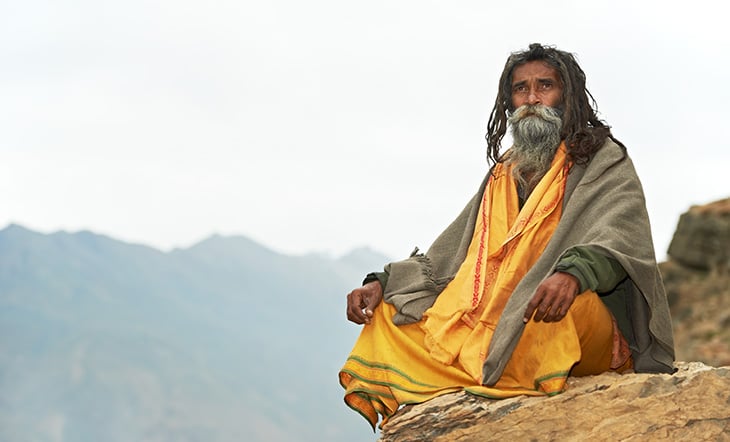
Approximately 30 million Americans now practice yoga, and there are tens of thousands of yoga studios in the U.S. alone. Yoga is clearly an ever-evolving practice that has taken our modern world by storm.
But, what is the origin of yoga? Where does it stem from? And why was it created? What is the real history of yoga?
These questions are not quite as well-known as Down Dog.
What role does the history of yoga play in our modern practice?
“A people without the knowledge of their past history, origin, and culture is like a tree without roots.” – Marcus Garvey
Learning about the origin of yoga and the rich history of this practice that we so dearly love will only further our understanding of the depth and breadth of yoga as a whole. We can explore other avenues and other paths and practices simply by learning about its past.
Sir Isaac Newton said the wise words: “If I have seen further it is by standing on the shoulders of giants.” By rooting ourselves in the origin of yoga and all of its historical wisdom, we can take our practice to an even deeper level.
What Is the Origin of Yoga?
Yoga is so old, that nobody knows exactly when it started. But, it began long ago when people started trying to understand what life was all about. Only a legend can give us an idea about the history of yoga.
According to the legend, Shiva was the first yogi. And many thousands of years ago, Shiva reached enlightenment in a place called Mount Kailash.
The story says that he had seven disciples who became known as the seven rishis. They are considered the founders of most spiritual traditions in the world.
No one can prove Shiva’s existence or if any of these stories are true. But, we don’t know . . . maybe it’s not a legend after all.
Let’s Break Down What “Yoga” Is
Yoga. We all know this term so well. It is so common in our vernacular that this Sanskrit word has been incorporated into English dictionaries.
The word yoga itself first appeared in writing in the ancient and sacred texts of Hinduism – the Vedas. Specifically, yoga first made an appearance in the Rig Veda, the oldest of these scriptures.
The word “yoga” itself comes from the root “yuj,” which means “to yoke.” Now this is no longer a word that is commonplace in the English language, so you might not catch its meaning at first glance.
Yoking was a practice used to connect and harness two animals. They would be “yoked” together (typically at their necks) to then be able to perform tasks (such as plowing a field). So, essentially, to yoke is to create a union, and this is typically how we hear yoga defined today.
So, What “Union” Does Yoga Create?
Well, that depends who you ask. A union of mind, body, and soul; of breath and body; of our lower egos with our higher selves. A union with the universe or source or god. All of these have been used to describe the “union” that yoga creates.
In fact, for advanced practitioners, the word “yoga” in and of itself is already a paradox. This is because the true essence of yoga is uniting two things that were never actually separate to begin within. It is just the illusion of separation that we need to remove.
Of course, your personal definition of yoga and its unifying essence is up to interpretation. You have to practice to know the answer.
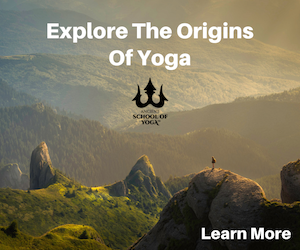
The History of Yoga: The “Bible” of Yoga
Many scholars and yogis dispute the starting period of yoga and how it evolved. Often, it is believed that yoga dates back upwards of 5,000 years. Others believe it goes back more than 10,000 years.
But, don’t expect to find old paintings of yogis practicing Crow Pose. Yoga is not quite the same thing it is today that it was back then . . . The only yoga position that existed more than a few centuries ago was Lotus Pose.
So if we want to gain a deeper, accurate understanding of the history of yoga, we can look to what is often referred to as “the bible of yoga” for insight. The Bhagavad Gita (which literally translates to “the song of the lord”) is a scripture of yogic philosophy written between 400 BC and 200 CE.
Yoga is not quite the same thing it is today that it was back then.
It is a sacred text that focuses entirely on the practice of yoga. But don’t be fooled by that! The practice was not all Up Dogs and Handstands back in the day. This practice was entirely spiritual.
The Bhagavad Gita is an epic poem that takes place on a battlefield. Shocking, right? Not your typical setting for peace, love, and happiness yogis! But this setting is often believed to be a metaphor for the “battlefield of the mind.”
Want to learn more about the Bhagavad Gita? Here are 3 Seriously Relevant Life Lessons We Can Learn from the Bhagavad Gita
Throughout the epic poem, there is a classical yoga teaching set-up. A guru (which literally translates as “to lead from darkness to light” – AKA a spiritual teacher) discusses life and yogic philosophy with his pupil.

The Bhagavad Gita Explains Three Paths:
The “Bible of yoga,” or The Bhagavad Gita, was the first spiritual text to declare that anyone could be enlightened. In it, the guru (Krishna) lays out three specific margas (or paths) of yoga.
Each path is unique but they all lead to one ultimate goal: enlightenment. Enlightenment is the true essence and origin of yoga.
1. Bhakti Yoga
This is the path of the heart. It is pure love and devotion. By faithfully and devotedly loving all beings and following the eternal creator, you can reach enlightenment via this path.
Interested in Bhakti Yoga? Check out An Interview With David Newman – The Power of Bhakti, Meditation, and Spiritual Awakening
2. Jnana Yoga
This is the path of the intellect. It is the way of knowledge and wisdom. Studying ancient scriptures and keenly studying yourself through the practices of self-contemplation and meditation are said to lead you to enlightenment via this path.
3. Karma Yoga
This is the path of work. It is all about selfless service and action. To follow this path, you must devote yourself to your dharma (your ultimate purpose in the world) and unwaveringly fulfill this purpose.
Curious about the concept of dharma? Learn more about this Hindu and Buddhist principle: How the Buddhist Concept of Dharma Can End All Your Suffering

From There, Other Paths of Yoga Began to Emerge:
After The Bhagavad Gita, many other sacred texts arose from the yogic tradition.
Raja Yoga
The Yoga Sutras where also written between 400 BC and 200 BC by Patanjali, and this book became a big player in the yoga scene.
It was the first time in the history of yoga that the knowledge of this practice was compiled and organized in a comprehensive system.
In The Yoga Sutras, yoga was described as an eight-fold path to reach enlightenment. This path become known as the Raja Marga (or royal path), and this is the path of pure meditation or introspection.
Tantra Yoga
Many centuries after The Yoga Sutras, there was a group of yogis who lived in the forests that developed different ways to quiet the mind and realize the divine. This is when Tantra Yoga became a big player on the scene as well. And, despite what you may have heard, Tantra is not all about sex and orgies.
Tantra is about balancing our energies: male and female, hot and cold, internal and external. It is actually one of the closest forms of yoga that most of us practice today.
Tantra negated the long-held belief in yogic philosophy that the body was an obstacle to spiritual life, being “bad,” “dirty,” and “evil.” Tantric yogis believed that our bodies were the supreme, sacred, and ultimate vessels to enlightenment and therefore should be cherished just as highly as god.
In fact, Tantric yogis removed the idea that we were even separate from god. So this somewhat New Age idea that we are all one has its roots in Tantric Yoga. Also, the ideas of “energy bodies” (such as chakras) arose from Tantra.
Hatha Yoga
Because of Tantra’s emphasis on the body being a holy vessel, the art of caring for the body arose. The Tantric yogis were having a hard time trying to meditate more than 10 hours a day, so they had to find a solution.
They began to observe the movements of animals and nature. And they began to imitate them: stretching their backs like a cat or a dog, standing like a tree, and so on. And thus, Hatha Yoga was born. Once the body was stronger and healthier, they could go much deeper.
Hatha Yoga is the practice of physical yoga. And this is definitely the closest branch to what most of us practice in our modern world.
The History of Yoga and the Origin of Yoga: How the Practice Has Evolved Into What We Practice Today
We go to yoga for a variety of reasons, including the physical benefits like strengthening our body or to sweat in a heated room. But, most of us know very well that our yoga practice offers benefits that reach far deeper than just the physical.
This is because the very root of all the yogic practices is to reach only one goal: enlightenment. So, the practice of yoga (even today in our modern context) highly emphasizes a focus on the breath and the inner workings of the mind.
Visit any yoga studio around the world, and you will likely find a teacher that references a quiet mind or cultivates a meditation practice in the beginning or end of class. It’s hard to separate yoga from its roots. And, honestly, why would we want to?
The very root of all the yogic practices is to reach only one goal: enlightenment.
Yoga offers us countless benefits because it is so rooted in its history. By taking the time to draw our awareness inside during our yoga practice, we counter the stresses of our everyday lives.
We may even find small glimpses of ultimate enlightenment. And, of course, this would make the yogis that came before us extremely proud.
Ready to Learn More About the Origin and History of Yoga?
There is so much more to learn about the origin and history of yoga!
If you’re interested in diving deeper, I developed this Yoga History course which is an accessible, informative and comprehensive breakdown of the history of yoga.
You will learn how yoga began and who started it, study the most influential masters throughout yogic history, unpack the ancient scriptures and their teachings, and gain an understanding of the spiritual aspects of yoga, along with how this all ties into your modern lifestyle.
If you are interested in this Yoga History course, YouAligned readers get a special 10% discount using code: Yogiapproved at checkout.


This Month's Letter
From the Editor
Monthly motivation and food for
thought from our founder.


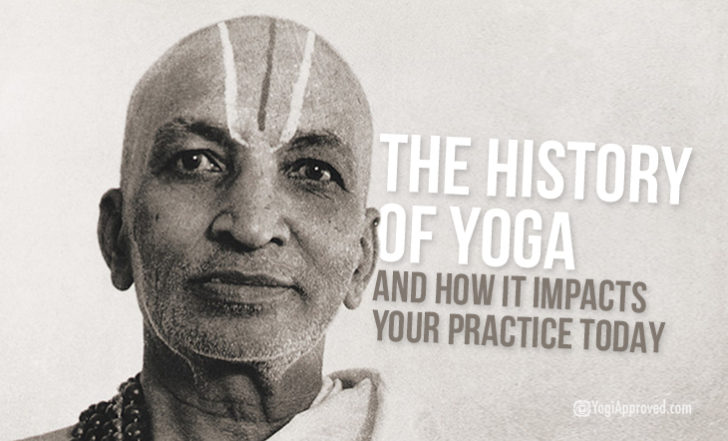
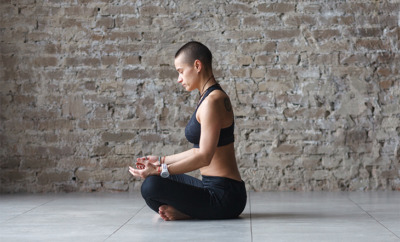




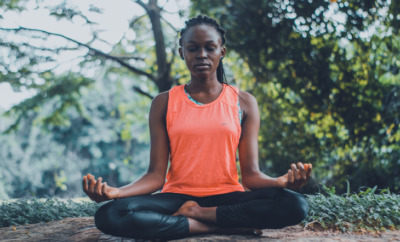



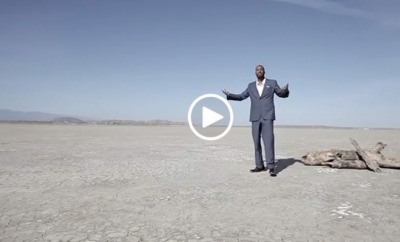













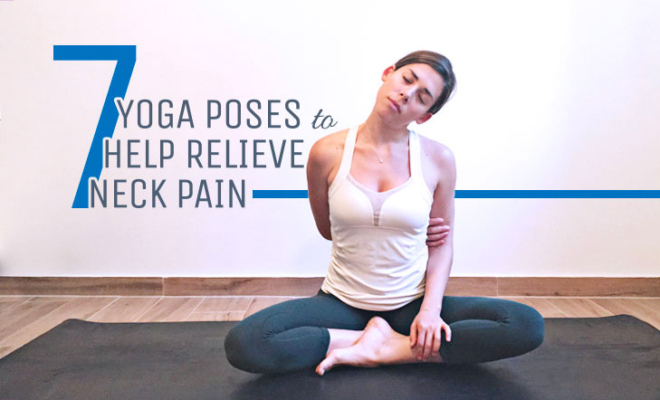




Comments